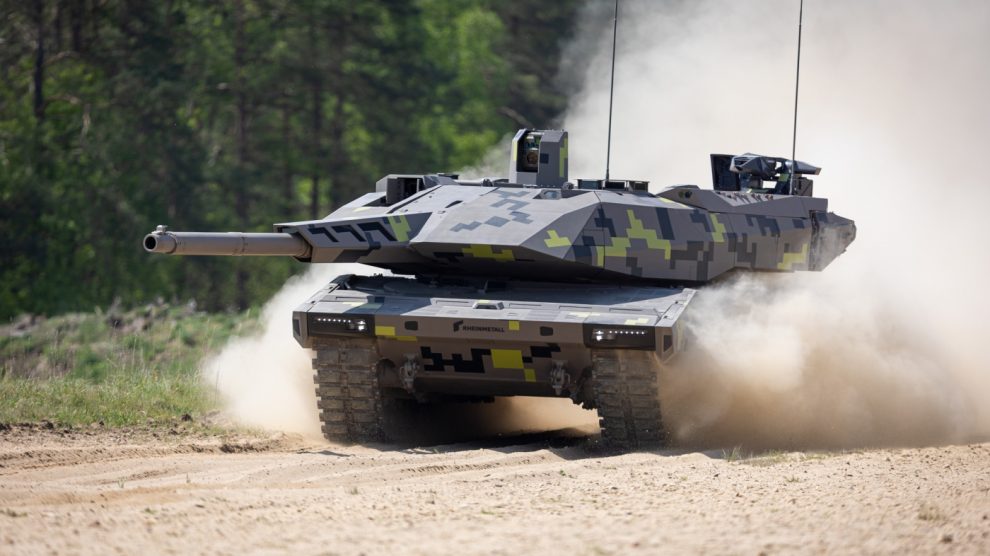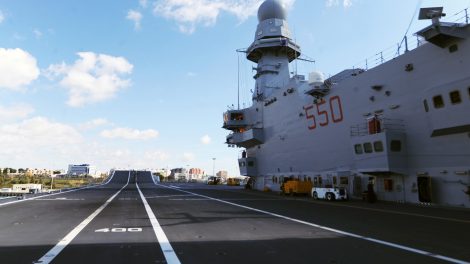Europe’s fragmented tank landscape. Of all the different weapon systems, the one that best represents the incoherent state of the European defence sector is the main battle tank. Today, the roughly 6,000 MBTs in service within the EU countries’ armed forces belong to seventeen different models, to say nothing of the modified variants and the varying degrees of modernity in service simultaneously.
- A quick comparison shows the 2,500 tanks in the United States are all a single model, the M1 Abrams, which serves as the base for different variants to meet the forces’ operational needs.
In comes Paris. Against this backdrop, it is no surprise that France – according to La Tribune – has invited Italy (through State-participated defence titan Leonardo) to participate in developing the Main Ground Combat System. This next-generation tank project was launched in 2012 by Paris and Berlin and is being developed in partnership with Germany’s Rheinmetall and KNDS, a joint venture set up in 2015 by Germany’s Krauss-Maffei Wegmann and France’s Nexter.
- Since its launch, however, the programme has struggled to gain momentum, plagued by delays and discontent among both industrial partners and the governments of France and Germany.
- Notably, Paris has not included the MGCS programme in its 2023 defence budget (nor did it include the Future Combat Air System next-generation fighter jet programme, also developed jointly with Berlin).
Take it or leave it. According to the French newspaper, the Italian entry into the project is equivalent to an ultimatum from Paris to Berlin on the programme’s future. La Tribune describes the move as a French attempt to rebalance their relationship with German partners, especially Rheinmetall, by leveraging the excellent relations between Paris and Rome.
- Italy is described as France’s “new preferred partner” based on joint projects such as Mbda’s Aster missile, Rome’s recent entry in the Franco-British FMAN/FMC missiles, and above all, the agreement for the mid-life upgrade of four Fremm frigates, two French and two Italian.
Rome speaks German too. Italy, for its part, can also boast good relations with its German counterpart, particularly in the land sector, as demonstrated by the government’s decision to purchase Leopard 2A8 tanks from 2024 to field them alongside its 125 modernised Ariete C2 tanks.
- As explained by General Salvatore Farina, former Army Chief of Staff, the goal is to have about 256 MBT systems capable of equipping four tank regiments. Employing both the Leopards and the Arietes is about speeding up the timetable and avoiding operational gaps.
Think European… Far from being limited to France, Germany and Italy, the MBT project could become a virtuous model for the defragmentation of European defence. A fundamental objective not only for the Old Continent’s ambitions to build a common defence, but also in NATO terms, as the Alliance aims to strengthen European deterrence capabilities while simultaneously reducing the economic resources.
- Having equipment that is identical or very similar facilitates its deployment in the field (with operators from different countries able to work immediately on equipment even of different nationalities) and makes the logistics chain much simpler, from spare parts to maintenance and ammunition.
- The possibility of producing a European MBT platform simultaneously in several countries would also speed up the entry into service of individual models by bringing European production lines together, without the economic burden of having to set them up from scratch within a single country.
… and then zoom out some more. A MGCS convergence could also facilitate a future rapprochement of the parallel programmes on the sixth-generation fighter, i.e. the Franco-German FCAS and the Global Combat Air Programme (featuring Italy, Japan and the United Kingdom).
- Here, too, the delays accumulated by the FCAS could lead Paris and Berlin to open up to more extensive collaborations, especially in light of the momentum behind the GCAP.




